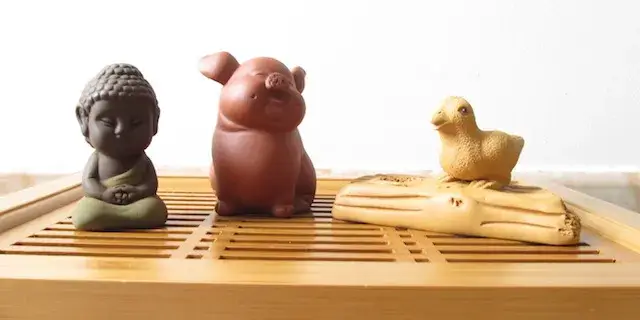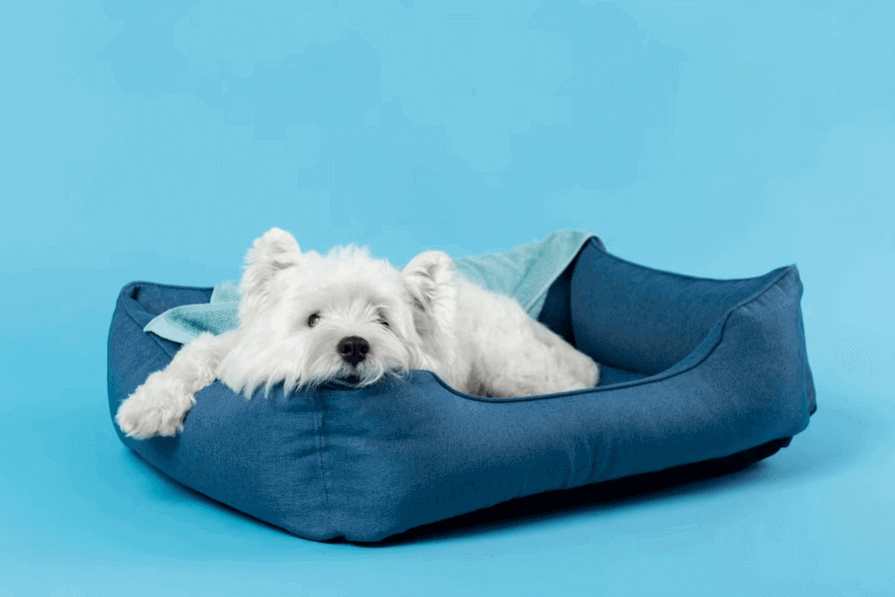Tea culture has a rich history that spans centuries, with various rituals and practices evolving alongside the enjoyment of this beloved beverage. Among the diverse elements that enhance the tea-drinking experience, the tea pet holds a special place. These charming, figurine-like companions have become an integral part of tea sessions for many enthusiasts, adding a touch of art, tradition, and sentimentality to the act of tea brewing and sipping. In this article, we will explore the fascinating world of tea pets, their origins, significance, and their endearing presence in modern tea culture.
Origins of Tea Pets
The origin of tea pets can be traced back to China, the birthplace of tea itself. Legend has it that tea pets were inspired by a Taoist story involving a magical, shape-shifting creature known as “Bìxié”, which translates to “Ward Off Evil Spirits.” According to the tale, this mythical creature had the power to protect its owner from malevolent forces and bring good fortune.
Over time, artisans began crafting figurines in the likeness of these mythical creatures from clay. These early tea pets were often placed on tea trays during tea ceremonies. As the tea was poured over the tea pet, a small portion would be absorbed into the clay, creating a unique patina over time. This patina was considered a sign of the tea pet’s maturation and the gradual bonding with its owner.
Significance of Tea Pets in Tea Culture
Tea pets have a multifaceted significance in tea culture, serving both practical and symbolic purposes. Let’s explore some of their key roles:
Interactive Ritual Elements
One of the main attractions of tea pets is their interactive nature. During a tea session, tea enthusiasts pour hot water over their tea pets along with the tea leaves, almost as a symbolic gesture of offering the tea to the figurine. This ritualistic practice not only enhances the ambiance of the tea ceremony but also adds an element of playfulness and engagement to the experience.
Tea Brewing Indicator
In traditional Gongfu tea ceremonies, where multiple infusions are made from the same tea leaves, the water temperature and steeping time are crucial factors. Tea pets can act as indicators of the water temperature. For example, some tea pets change color or exhibit other reactions when hot water is poured on them. By observing the tea pet’s response, tea enthusiasts can gauge if their water is at the optimal temperature for brewing the tea.
Embodying Good Luck and Fortune
Tea pets are often associated with bringing good luck and prosperity to their owners. The notion of a tea pet as a guardian against negative energies and a harbinger of positive outcomes has deep roots in Chinese folklore. As such, many tea enthusiasts consider their tea pets to be lucky charms and keep them on display even outside of tea sessions.
Building Emotional Connections
Tea pets are not just inanimate objects; they hold sentimental value and can become cherished companions for tea drinkers. As they mature over time and develop unique patinas from the tea they absorb, they are thought to absorb the essence of the tea sessions and the emotions of their owners. These emotional connections make the tea-drinking experience more personal and meaningful.
Types of Tea Pets
Tea pets come in a wide range of shapes, sizes, and designs, allowing individuals to choose the one that resonates with them the most. Some common types of tea pets include:
Animal Figures
Animal-shaped tea pets are among the most popular. Common choices include dragons, elephants, frogs, pigs, and turtles. Each animal may carry specific symbolism – for example, a dragon tea pet could represent power and strength, while a turtle could symbolize longevity and stability.
Mythical Creatures
As mentioned earlier, mythical creatures like Bìxié are a prevalent theme in tea pets. These creatures evoke a sense of mystique and wonder, adding to the enchantment of the tea-drinking experience.
Cultural Figures
Some tea pets are inspired by famous historical or cultural figures, like traditional Chinese scholars, Buddhist monks, or traditional craftsmen. These tea pets often carry historical or philosophical significance.
Modern Pop Culture
In recent years, tea pets have also embraced modern pop culture, with designs inspired by popular movies, cartoons, and anime characters. These contemporary tea pets appeal to younger generations and add a playful touch to the traditional practice.
Caring for Tea Pets
To ensure tea pets stay in good condition and maintain their symbolic value, a certain level of care is required.
After each tea session, it’s essential to rinse the tea pet with warm water to remove any tea residue. Avoid using soap or abrasive materials, as they may damage the surface or alter the patina.
To enhance the tea pet’s patina, some tea enthusiasts use a special brush to lightly apply tea liquid onto the surface of the figurine.
After cleaning, allow the tea pet to air dry thoroughly before storing it in a safe place. Avoid exposing it to extreme temperatures or direct sunlight.
The tea pet, with its mythical origins, cultural significance, and endearing presence, has firmly established itself as an integral part of the tea culture. Beyond being mere decorative objects, tea pets embody the essence of tea-drinking rituals, symbolizing good luck, fortune, and emotional connection between tea enthusiasts and their beloved beverage. As tea continues to bridge cultures and generations, the timeless charm of tea pets ensures that these small figurines will remain treasured companions on the tea journey for many generations to come.



